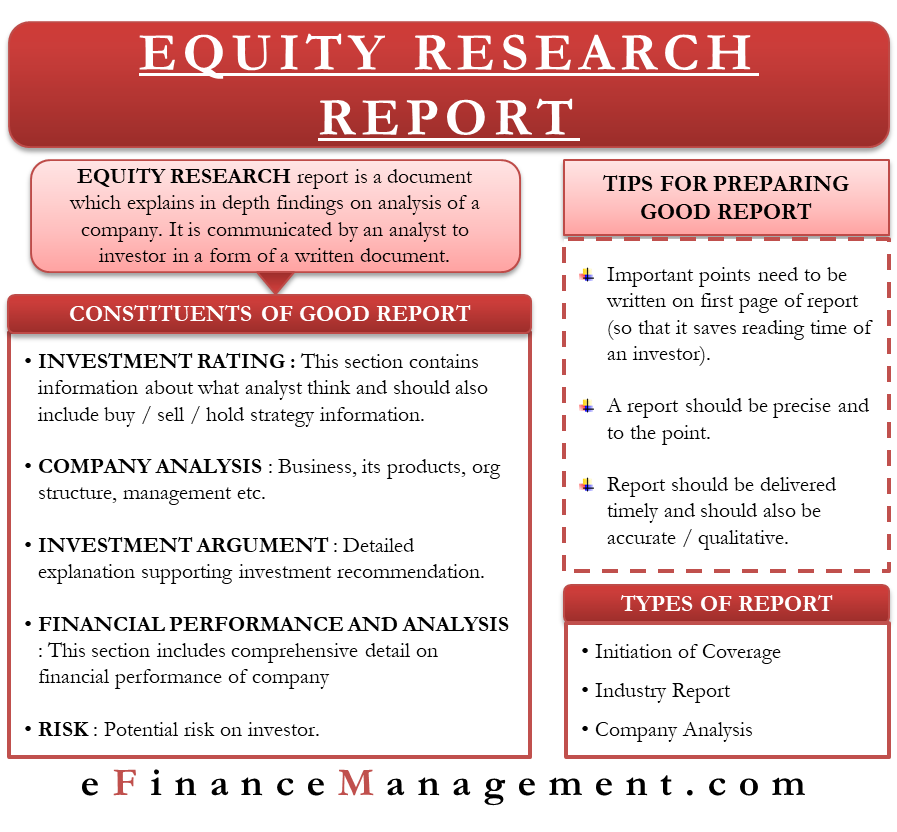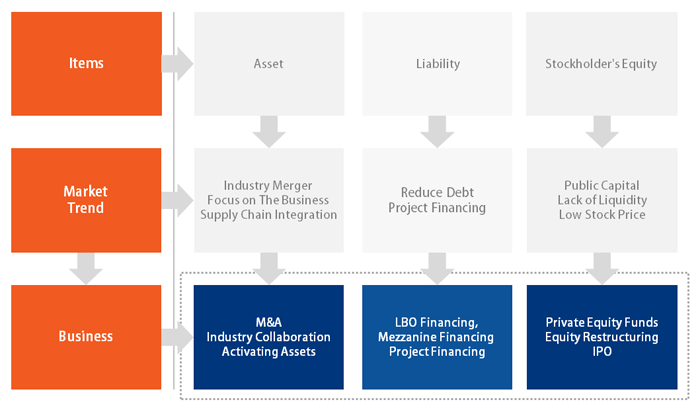Contents:


However, with a hedge, one would still be able to make some profit on the second trade when the market moves against your first one. The allocation is determined thanks to factors, besides particular characteristics of the trader themselves. You understand that every trader cannot adopt the same strategy, since age, risk appetite, and investment goals differ across diversities of traders. What is the difference between equity and balance in forex trading? While equity is a dynamic value that reflects the changes in open trades, balance is the amount of initial funds in your trading account.
- For example, traders from the US are not able to use this trading strategy.
- John earned his bachelor’s degree in accounting and business management at Utah Valley University.
- It involves taking an offsetting position in the market, such as buying and selling a currency pair simultaneously.
- That’s why it’s important to evaluate your portfolio’s performance against expectations on a regular schedule.
If you think that a forex pair is about to decline in value, but that the trend will eventually reverse, then hedging can help reduce short-term losses while protecting your longer-term profits. Forex hedging is the act of strategically opening additional positions to protect against adverse movements in the foreign exchange market. Please ensure you understand how this product works and whether you can afford to take the high risk of losing money.
Futures and options: Forex hedging
Hedging is most useful when you can see a downturn coming but don’t want to give up your position. That might be because you suspect your assets have been over-purchased, or you see political and economic instability in the region of your currency. Contracts for difference are a popular means of hedging forex due to the fact you can offset any losses against profits for tax purposes,1 and speculate on falling prices. Hedging in forex is the method of reducing your losses by opening one or more currency trades that offset an existing position. The goal of hedging isn’t necessarily to completely eradicate your risk, but rather to limit it to a known amount.
Therefore, it is recommended that beginners practice hedging on a demo account first, and when they feel confident enough – start using such a strategy on a live trading account. You have probably heard that investors will buy put options against their original position. There are several hedging strategies to protect your trades in bear markets. The saying ‘hedge your bets’, meaning to counterbalance your risk, has been around in England since the 1600s. To this day, traders use the phrase and the strategy, on a regular basis.

i was wrong about speed reading: here are the facts are extremely popular hedging tools, as they give you the chance to reduce your exposure while only paying for the cost of the option. For example, say you’ve taken a short position on EUR/USD, but decide to hedge your USD exposure by opening a long position on GBP/USD. If the euro did fall against the dollar, your long position on GBP/USD would have taken a loss, but it would be mitigated by profit to your EUR/USD position. If the US dollar fell, your hedge would offset any loss to your short position. Some providers do not offer the opportunity for direct hedges, and would simply net off the two positions. With IG, the force-open option on our platform enables you to trade in the opposite direction from your initial trade, keeping both positions on the market.
What time does the forex market open on sunday hawaii time?
As such, we have put together an explanation of some commonly used hedging tools. You have gone long on the EUR/USD at $1.08 expecting the pair to go higher. You are now concerned though that it may fall further on the release of economic data coming in the next few days. In order to mitigate this risk, you may but a put option with a strike price at something like $1.07 on the pair, and an expiration date of the option at some point beyond the data release. In this article, we will explore what is hedge in Forex, how it works, and why it’s one of the essential successful trading strategies.
Many exporters, importers reluctant to hedge forex exposure – The Indian Express
Many exporters, importers reluctant to hedge forex exposure.
Posted: Mon, 24 Oct 2022 07:00:00 GMT [source]
Hedging is a risk management tool that is essentially used to protect capital by offsetting losses by taking opposite positions in the same currency pair or a related asset like a forex CFD. Capital is protected against related security price changes, extreme forex movements, exchange rates, inflation, etc. There are a vast range of risk management strategies that forex traders can implement to take control of their potential loss, and hedging is among the most popular. Common strategies include simple forex hedging, or more complex systems involving multiple currencies and financial derivatives, such as options.
His insights into the live market are highly sought after by retail traders. Gold benefits when inflation starts to rise and is a good hedge against a weaker US dollar. Gold is perceived as a form of money, which makes it a great hedge option against hyperinflation. The problem trades face when the tactic doesn’t work, is that they can accumulate losses from several positions. The trader can close his position and gets his money out, he may want to keep that open position to check how the chart patterns develop over time. However, forex hedging is not illegal by a number brokers around the world including many in the EU, Asia, and Australia.
Mainly, whether they have moved in opposite directions, the same direction, or randomly. It is usually a way of creating a safety net against currency rate fluctuations. Hedging is used by both major corporations and everyday traders. There are a few different strategies and tools that you can use to start hedging and we are going to explain a little more on each shortly.
Plan your trading
This helps traders minimize potential losses by reducing their exposure to the volatility of one particular currency, pair, or financial instrument. Forex robots can be quite advantageous as they do most of the work for traders once they are set up. A hedging robot is specifically designed to minimize exposure risks by opening multiple positions and analyzing trends. All this ensures that one’s capital is cushioned against sudden movements. Forex hedging may be a bigger part of your trading plan, provided the job is thorough.
For instance, the majority of people have bonds to offset stock ownership risk. Junk bond value plummets following stock prices that decline, both being the risky sort of investment. To operate a pairs trading strategy, the trader has to identify when one asset is overvalued, the other undervalued.

It’s important to note that some brokers do not allow direct hedging and they close out the first position whenever you place an opposite one or merge them. Direct hedging in Forex trading is not allowed in some countries, including the USA. The main reason why American financial authorities have decided to ban the practice is to keep the traders from overtrading and paying double spreads and commissions. Imagine a trader who holds a long-term position over a period of several months. During that time, the market will likely go against the trader multiple times as the market enters correction phases, consolidations, or as the result of unexpected news and events.
https://1investing.in/s in the UK, Australia, Asia, Europe, and South America often allow hedging. All reviews, research, news and assessments of any kind on The Tokenist are compiled using a strict editorial review process by our editorial team. Neither our writers nor our editors receive direct compensation of any kind to publish information on tokenist.com. Our company, Tokenist Media LLC, is community supported and may receive a small commission when you purchase products or services through links on our website. Click here for a full list of our partners and an in-depth explanation on how we get paid.
Get Started with a Forex Broker
Practically, hedging is the action of taking an opposing trade position on security, currency, and or asset. From there, you can then hedge with that currency or currency pair to offset the risk of your entire portfolio. A common way to do this is using the USD, GBP, EUR, JPY, or AUD as your main currency.

Hedging refers to a trading strategy that aims to offset potential losses by taking both long and short positions in the same currency pair or in related currency pairs. Most Forex brokers support hedging by allowing traders to open both long and short positions in the same currency pair or in related currency pairs. The forex market is highly volatile and unpredictable, which makes it difficult to guarantee profits. To mitigate the risks involved in forex trading, traders use hedging strategies to protect their positions and minimize potential losses.
Hedging Downside Risk with Options
These two positions then offset each other, canceling all losses or gains. Usually, a trader will do this because they hold one position as a long-term trade, so they open a contrary position to offset short-term market volatility due to news or events. Please note that foreign exchange and other leveraged trading involves significant risk of loss.
How to hedge your portfolio using CFDs – FXCM
How to hedge your portfolio using CFDs.
Posted: Thu, 08 Sep 2022 07:00:00 GMT [source]
As a forex trader, there are several types of hedge that you can place to protect your position in the market. Market risk since markets can move quickly before any hedge orders have been filled, resulting in potentially significant losses. If your long position loses value due to the weakening dollar, your short position will gain value and offset some of your losses. This can also be used when there is uncertainty about the future prices of a particular currency pair or other market conditions. Hedging is amongst the most utilized strategies to reduce and manage risk. Let’s take a look at the simplest strategies that traders employ.
- Spot trades are simple, instant trades that remove the risk of exchange rate fluctuation.
- This strategy protects you against short-term market volatility, and is geared more toward preventing loss than creating large gains.
- Moreover, risky currency pairs are becoming more profitable, and traders who want a piece of this volatile pie need to hedge well—but also know when to de-hedge.
Forex hedging strategies are used by traders to protect their market positions from adverse market conditions or price fluctuations of the currency pair. These are highly helpful for traders to have a set plan to trade in the market and get market signals to enter or exit the trade. Traders can, moreover, know the currency pair to trade, the base and the quoted price of the currency pair, and other market data regarding the trade of the currency pair for making a profit. Currency hedging is slightly different to hedging other markets, as the forex market itself is inherently volatile. There are several different techniques that traders can use to hedge their positions in forex trading. One of the most common methods is to use options contracts, which give traders the right but not the obligation to buy or sell a currency at a specific price.
